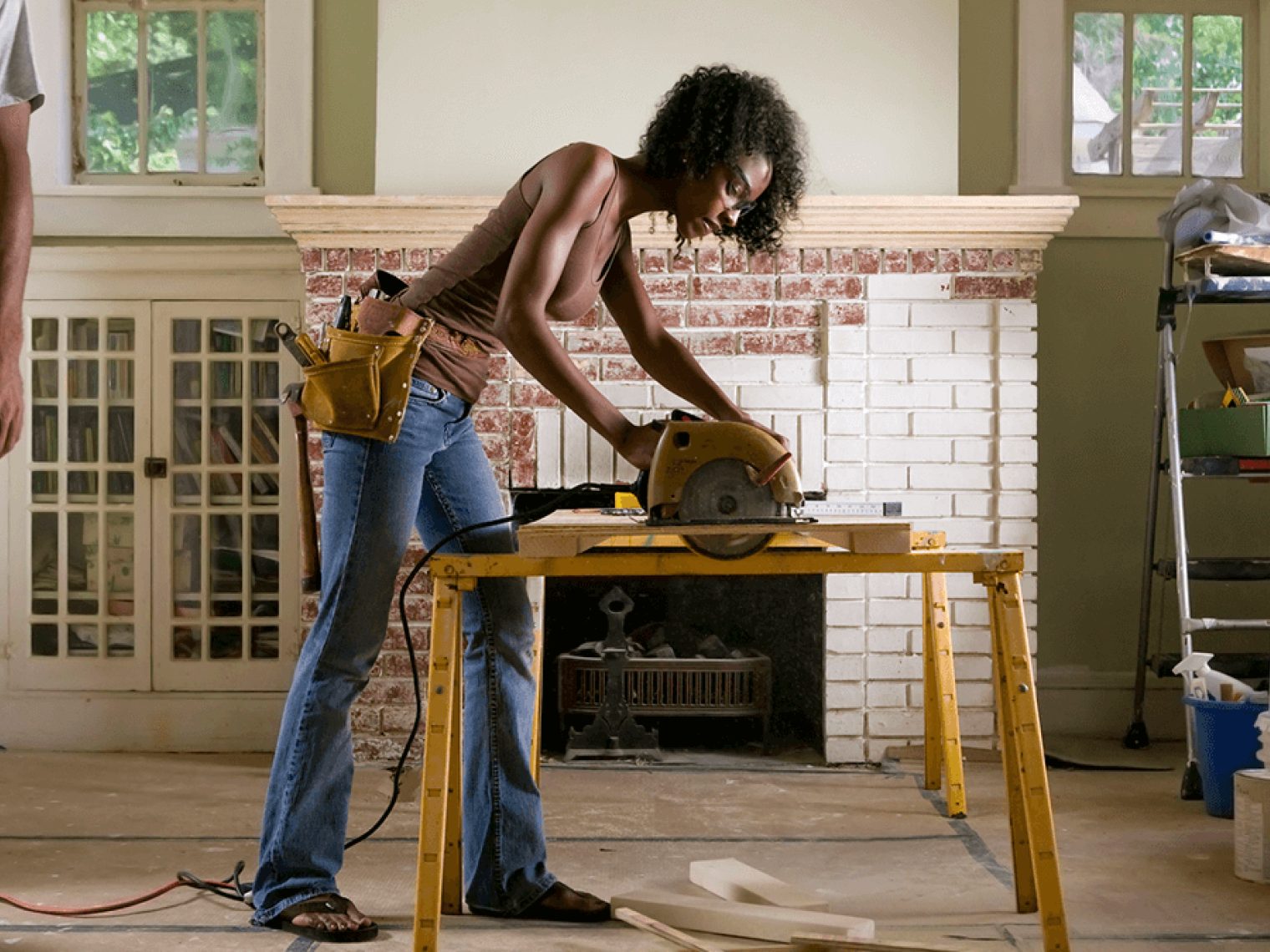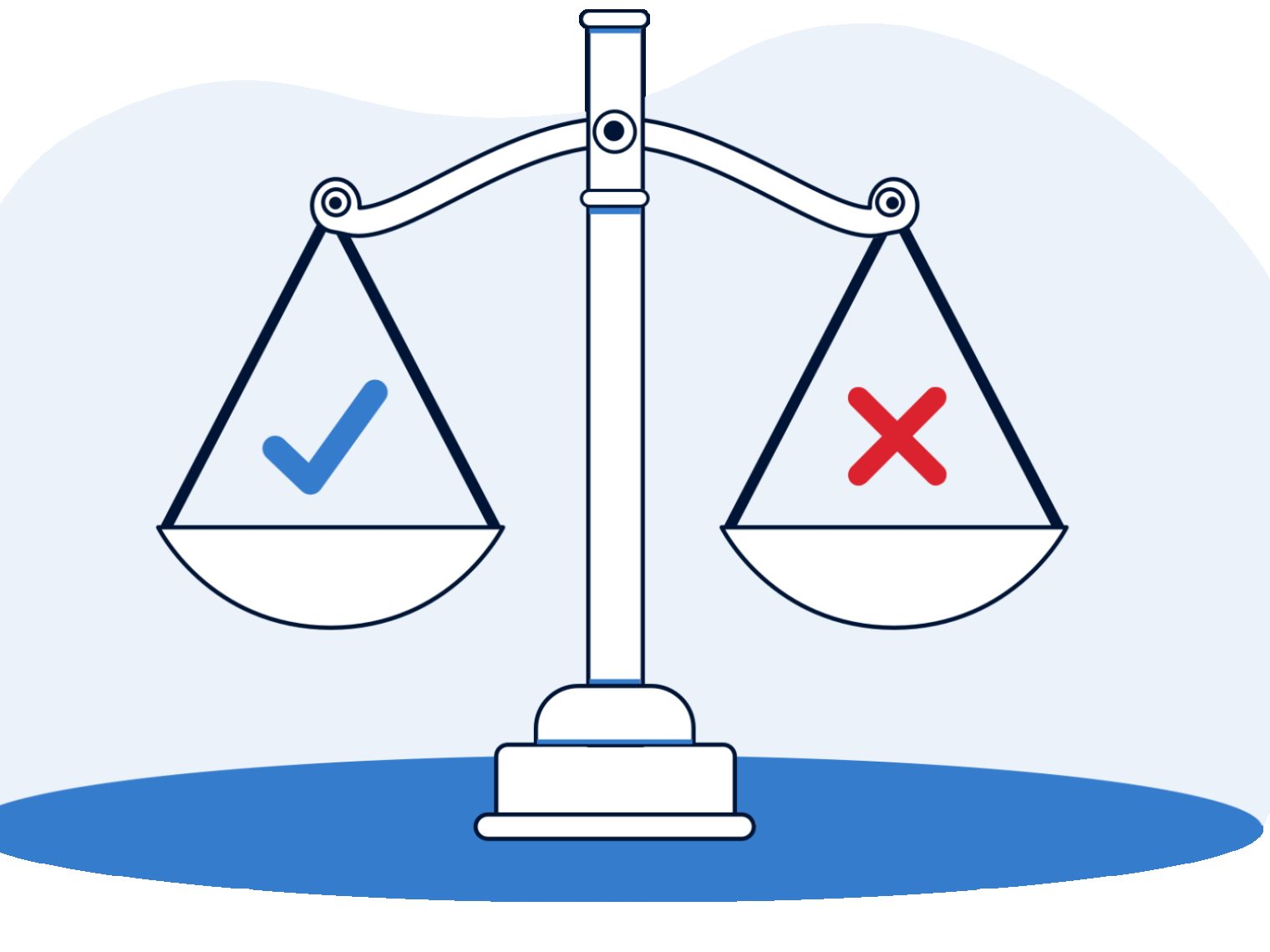The VA home loan program was created in 1944, part of the original Servicemen's Readjustment Act, better known as the GI Bill of Rights.
Signed into law by President Franklin D. Roosevelt on June 22, this sweeping legislation aimed to level the playing field for those who served our country during World War II, and in many ways it reshaped the course of America. VA loans played a critical role in that development.
Seven decades later, this government-backed mortgage program is more important than ever. VA loan volume has soared since the housing crisis. The program's less stringent credit requirements, coupled with the ability to purchase with no money down, have made VA loans a lifeline for military borrowers, many of whom would otherwise struggle to secure home financing.
The VA mortgage program celebrates its 75th anniversary in 2019. Let's take a look back at the history of this incredible benefit program, which has now backed more than 24 million home loans.
The Beginning: 1944-45
Service members sacrifice so much to serve our nation. The government sought a way to help veterans catch up with their civilian counterparts when it came to establishing credit and building a strong financial future. Homeownership was at the heart of that foundation. Rather than provide veterans with a cash bonus to help with purchasing a home, the government decided a loan guaranty was a more powerful and viable long-term solution.
Rather than actually make home loans, the VA basically insures them. The VA loan guaranty is a financial pledge from the government to repay a portion of the loan should the borrower default. That promise gives lenders confidence to extend financing to veterans who might not otherwise be able to land a home loan. At the outset, the VA guaranty was limited to 50 percent of the loan amount, not to exceed $2,000. The average home price in 1944 was about $8,600. Loans had a 4 percent interest rate cap, and the term couldn't exceed 20 years. All loans required VA approval.
The first set of eligibility requirements for the VA loan program focused exclusively on World War II veterans. Prospective homebuyers must have served at least 90 days between Sept. 16, 1940, and Sept. 2, 1945, the official end of World War II. Veterans could apply anytime within two years of separating from the military or two years of the war's end. The VA wouldn't guaranty applications received after Sept. 16, 1950, giving World War II veterans a five-year window to use the benefit.
Problems with the loan program's initial version appeared relatively quickly. Rising home prices rendered the VA's $2,000 loan guaranty inadequate, putting veterans at a market disadvantage. There were also concerns about high monthly payments because of the maximum 20-year loan term. Others also worried about the potential flood of applicants and impact on inflation given the program's two-year purchase window.
Congress amended the program in 1945, increasing the guaranty to $4,000 and extending the loan term, among other changes. Perhaps more importantly, the legislative update expanded the purchasing window from five years to 10. The VA loan program was now more than just a readjustment tool in the immediate aftermath of the war.
"It was now a long-range housing program for veterans," notes the VA's official history of the program. "Nearly all changes have been designed to help the veteran become a homeowner by extending the terms, making mortgage money available, protecting him/her from excessive charges and faulty construction."
Expanding Opportunities: The 1950s and '60s
In the spring of 1950, Congress took additional steps to open the VA loan program to even more service members. New legislation introduced eight major changes, most of which had a direct impact on the scope and reach of the benefit. Some of those big alterations included:
- Boosting the VA guaranty to 60 percent of the loan amount, not to exceed $7,500
- Extending the maximum loan term to 30 years
- Providing access to the program to surviving spouses of veterans who died in service or as the result of a service-connected disability
- Authorizing the VA to create regulations governing the fees and costs lenders could charge to veteran homebuyers
The Korean War began that summer, and it became clear once more that this benefit could continue to make a difference. Within about two years, Congress extended the VA loan benefit to include Korean War veterans.
The VA home loan program received a new round of updates in 1966, as part of the "Cold War GI Bill," as it was known. The Veterans Readjustment Benefits Act of 1966 further extended the home loan program to post-Korean War veterans. "Like their fathers and elder brothers, post-Korean veterans lost time from their competitive civil lives directly because of military service," the act noted.
The legislative update also marked the introduction of the VA Funding Fee, a charge the VA would apply to all loans to help cover losses in the event of default. The funding fee was originally a one-time charge of 0.5 percent of the loan amount.
There were still limitations to the program, namely that veterans had to utilize their home loan benefits within a certain window of time. But that restriction wouldn't last much longer.
A Sea Change in the 1970s
In the fall of 1970, President Nixon signed into law the Veterans Housing Act of 1970. This landmark legislation ushered in a new era for the VA mortgage program. Perhaps the single biggest change was the elimination of any kind of expiration date on VA loan benefits. Millions of veterans whose entitlement had expired suddenly regained access to the program -- nearly 9 million World War II and Korean War veteran in all.
This law also introduced a refinance component to the VA loan program. Veterans who had purchased homes when interest rates were high could now take advantage of market changes. They could also extract cash from their equity and use the capital to pay off debt, make home improvements, send their kids to college and myriad other purposes.
Veterans could also now use their loan benefits to purchase condominium units and manufactured, or mobile, homes.
Four years later, Congress introduced a slate of updates and additions as part of the Veterans Housing Act of 1974. One of the biggest was the ability of veterans to restore their complete VA loan entitlement after selling a home or paying off the loan and disposing of the property. With one pen stroke, more than 4 million veterans suddenly regained the ability to obtain a new VA home loan.
Some of the other notable changes contained in the 1974 act included:
- More lenders were now able to automatically process VA loans, provided they met department criteria.
- VA now had the power to approve condominium developments without previous action from the U.S. Department of Housing and Urban Development, better known as HUD
- Grant amounts for the specially adapted housing program increased to $25,000 from $17,500
- VA removed time frame restrictions regarding the purchase of manufactured homes
- Farm and business loans were removed from the program, leaving the focus solely on primary residences
The guaranty level increased to $25,000 four years later. Energy efficient improvements also entered the picture in 1978. The VA would now guaranty loans that would improve a property with technologies like solar heating.
Updates in the 1980s
Another new decade brought a host of new fixes and updates. New housing legislation enacted in 1980 allowed VA homeowners to refinance to obtain a lower interest rate without any additional charges to their entitlement.
In 1981, the active duty service requirement was updated for those who enlisted after Sept. 7, 1980. These service members and veterans would need either 24 months of continuous active duty service or to complete the period when they were called to active duty. Exemptions were to be granted for service members who fell short of that time span because they suffered or aggravated a service-connected disability.
A year later, the VA re-instituted its 0.5 percent funding fee to help keep the program self-funded. Borrowers with service-connected disabilities and surviving spouses would be exempt from paying the fee. The fee was raised to 1 percent in 1984.
A few years later, in 1987, Congress raised the VA's guaranty to $36,000. That same legislation -- Public Law 100-198 -- altered the VA's Streamline refinance option, also known as an Interest Rate Reduction Refinance Loan (IRRRL), requiring veterans only show previous occupancy of a property in order to obtain the loan. For all VA loan types, spouses in some circumstances could also now satisfy the VA's occupancy requirements.
This law also introduced some changes and limitations regarding the assumability of VA loans. In addition, this wide-ranging legislation:
- Set minimum qualifications requirements for VA appraisers
- Ensured the VA home loan program would be exempt from sequestration should it occur
- Required the government to use state data when determining residual income requirements
The Veterans Administration later underwent a name change before heading into a new decade. Beginning in mid-March of 1989, the agency became a Cabinet-level department, now known as the Department of Veterans Affairs, which it still is today.
Big Changes in the 1990s
The early part of the decade was marked by the Persian Gulf War. Legislation extended benefits to Gulf War veterans, and the VA set Aug. 2, 1990, as the beginning date for accruing war-time benefits.
Significant change came to the program in 1992. Known as the Veterans Home Loan Program Amendments of 1992, this legislation introduced or altered a host of things, from eligibility changes to the funding fee and more. A few of the major changes included:
- Authorizing a three-year test of a VA adjustable-rate mortgage (ARM)
- Extending home loan eligibility to those who've served at least six years in the Reserves or National Guard
- Creating a program that allows veterans to add money to their mortgage for energy efficiency improvements
- Reducing to 0.5 percent the funding fee on VA Streamline refinance loans
Two years later, the VA decided it would provide a one-time restoration of entitlement for borrowers who pay off their loan but want to hold onto their home. New laws also expanded energy efficient mortgages (EEMs) into the Streamline program. In 1996, the government decided to make EEMs a permanent part of the loan guaranty program.
Making a Difference in a New Century
Veterans saw their purchasing power increase in the 2000s. The VA increased its maximum guaranty amounts in 2004 to help veterans keep pace with rising home prices. For loans above $144,000, the VA would guaranty a quarter of the conforming loan limit, which is the ceiling set for conventional loans purchased by Fannie Mae and Freddie Mac. This limit is subject to change every year.
Exemptions from the VA Funding Fee were also extended to veterans who were rated eligible for compensation but had yet to start receiving it.
Updates and additional changes continued to reshape the program in subsequent years. The VA home loan program became increasingly important as the 2000s wore on. The economic collapse of 2007 sent the housing market into a downward spiral. Conventional lenders tightened requirements and access to credit in the wake of the subprime mortgage collapse.
The VA program started to boom in an environment of low interest rates and restrictive lending. The kind of credit score benchmarks most VA lenders instituted was -- and continues to be -- lower than what military buyers often need for both FHA and conventional loans. Plus, it can take veteran and military buyers years to save a down payment for a conventional mortgage.
The VA guarantied about 133,000 loans in fiscal year 2007. By 2010, that number had jumped to 314,000. Six years after the housing market crumpled, the VA backed a then-record 630,000 loans in FY13, an incredible 370 percent increase from 2007. Capping off an incredible year, the VA also guaranteed its 20 millionth home loan in 2013. The recipient was Beth Carpenter, the surviving spouse of an Iraq War veteran.
Just six years later, the program celebrated its 24 millionth loan. The VA will honor Army SFC William Kopf as the recipient of that milestone loan during a ceremony in early June, just a couple weeks before the actual 75th anniversary of the GI Bill.
Today, this government-backed loan program is more important than ever. The VA has backed more loans in the last five years than it did in the previous dozen years combined.
Seventy-five years after its creation, the VA Loan Guaranty program continues to help level the playing field for veterans and their families. For some, this loan is the only realistic path to homeownership.
VA loans aren't the answer for every veteran. But this hard-earned benefit continues to make an incredible difference for a new generation -- and many more to come.
Related Posts
-
 VA Renovation Loans for Home ImprovementVA rehab and renovation loans are the VA's answer to an aging housing market in the United States. Here we dive into this unique loan type and the potential downsides accompanying them.
VA Renovation Loans for Home ImprovementVA rehab and renovation loans are the VA's answer to an aging housing market in the United States. Here we dive into this unique loan type and the potential downsides accompanying them. -
 Pros and Cons of VA LoansAs with any mortgage option, VA loans have pros and cons that you should be aware of before making a final decision. So let's take a closer look.
Pros and Cons of VA LoansAs with any mortgage option, VA loans have pros and cons that you should be aware of before making a final decision. So let's take a closer look.
